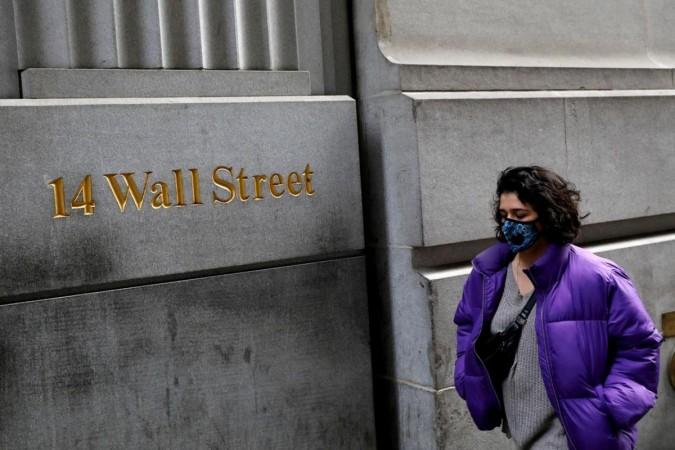Coronavirus pandemic induced social distancing may continue up until 2022, according to a study published by Harvard TH Chan School of Public Health on Tuesday. The researchers of the study said that social distancing continuation is the likely scenario unless there comes a vaccine or other therapeutic measure to contain the spread of the virus.
The virus that has killed more than 138,008 people and infected over 2,076,015 worldwide continue to wreak havoc on the health system and the economy of every nation of the world across.

Social distancing most effective against coronavirus
In the absence of any proven vaccine or medication, countries are adopting non-therapeutic measures to control the spread of the disease that is threatening to disrupt system the society has never seen in a century.
Interventions like contact tracing, quarantine, and social distancing, has so far greatly mitigated the spread.
Since the investigation about the new coronavirus is still ongoing and knowledge about its transmission and body's immune response is still very primitive, researchers have studied some likely scenarios of virus transmission.
Click here for all coronavirus related stories
Of all possible scenarios studied by the Harvard Public Health Institute, the chances of continuing social distancing seem very likely...more specifically til 2022, and by some estimate till 2024.
Factors important to arrest SARS-COV-2
The study took certain aspects into consideration before predicting the likely outcome. Factors like seasonality, duration of immunity and treatment capabilities of the health care have been taken into account for the study.

The possibility of re-emergence of the virus with intermittent social distancing hasn't been ruled out. The duration and severity of re-emergence of the virus would depend on various factors including the immunity against the virus that causes COVID-19.
Here are a few of the important points noted in the study
SARS-CoV-2 can proliferate at any time of year
The study considered various scenarios, and in all the models' chances of a substantial outbreak of SARS-COV2 were confirmed. The only difference was in the peaks. If the outbreak happens in the winter-spring season the peak would be lower but if it happens during the autumn-winter season the peak would higher. In other words, comparatively more people would contract the virus around the onset of the winter season.
If immunity to SARS-CoV-2 is not permanent, it will likely enter into regular circulation
The study is still ongoing if it body system develops a long term or a short immunity against the virus. In one scenario, if our body develops a short term immunity against the virus, as it happens with seasonal flu, the SARS-COV2 will bounce back and infect whenever the immunity is low.
This also means that even if the virus has been subsided for a period of time, and is reintroduced in that specific part of the society, it can cause an outbreak.
Cross-immunity would be limitedly effective
Immunity developed against certain other coronaviruses like HCoV-OC43 and HCoV-HKU1 might protect from SARS-COV2 infection for a limited period (up to three years), but the novel coronavirus would emerge back when immunity weakens for those coronaviruses. SARS-COV2 will remain unless until completely wiped out.

















